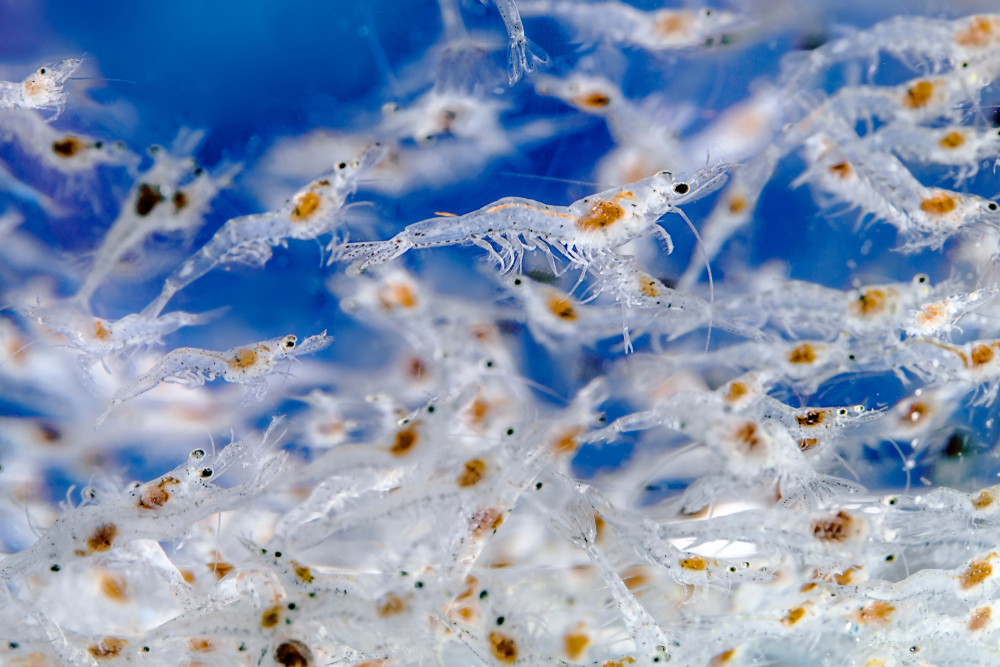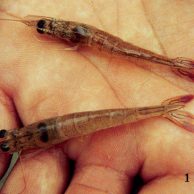AccuPid vhvp1- vhvp2-tlh gene Detection Kit
Description
AccuPid vhvp1-vhvp2-tlh gene Detection Kit is used to detect the presence of Vibrio parahaemolyticus (VP) DNA, vhvp-1 and vhvp-2 toxicity gene of VP.
In September 2023, the Department of Fisheries issued an official dispatch announcing the Translucent disesea on whiteleg shrimp larvae in Vietnam. Accordingly, Tranluscent post larvae (TPD) is a new disease appearing in shrimp, causing high and rapid mortality rates in shrimp, especially in the PL4-PL7 stage. . The disease broke out strongly in China in early 2020, causing heavy damage to the shrimp industry, specifically affecting more than 70%–80% of coastal shrimp hatcheries in China. In the spring of 2020. Although there are a number of different opinions about the cause of TPD, many current studies point out that, the cause can be a new highly virulent VP strain different from the original VP strain. causes AHPND. In a recent study, a new species of V. parahaemolyticus (VpTPD) was confirmed as the pathogen of emerging TPD based on isolation, identification, and testing of the pathogen, according to four criteria in the definition of the pathogen. The research showed that the VP strain that causes TPD is about 1000 times more toxic than the VP strain that causes AHPND (Liu et al., 2023). The virulence of the VP strain causing TPD comes from a new plasmid containing the virulence genes vhvp-1 and vhvp-2 present in the VP due to conjugation, just like the VP strain causing AHPND contains the VpA1 plasmid containing the pirA and pirA genes. pirB causes premature death syndrome. The vhvp-2 gene located on this plasmid encodes a new toxin protein, designated VHVP-2 (MW >100 kDa), which contains conserved domains of the Salmonella virulence plasmid protein, the toxin-killing complex protein. insect and neuraminidase, which is the main virulence factor of VpTPD. The kit was developed based on current world research on the presence of vhvp-1 and vhvp-2 genes.
The kit is for research purposes only and cannot be used to diagnose or confirm disease.
| AccuPid vhvp1- vhvp2-tlh gene Detection Kit | ||
|---|---|---|
| Package | 50 test/box | |
| Target | DNA of Vibrio parahaemolyticus (VP), vhvp-1 and vhvp-2 toxicity gene | |
| Method | Real–time PCR | |
| Sample | In case of post-larval shrimp: use whole shrimp. In case of commercial shrimp: excise and collect the stomach and hepatopancreatic tissues. |
|






